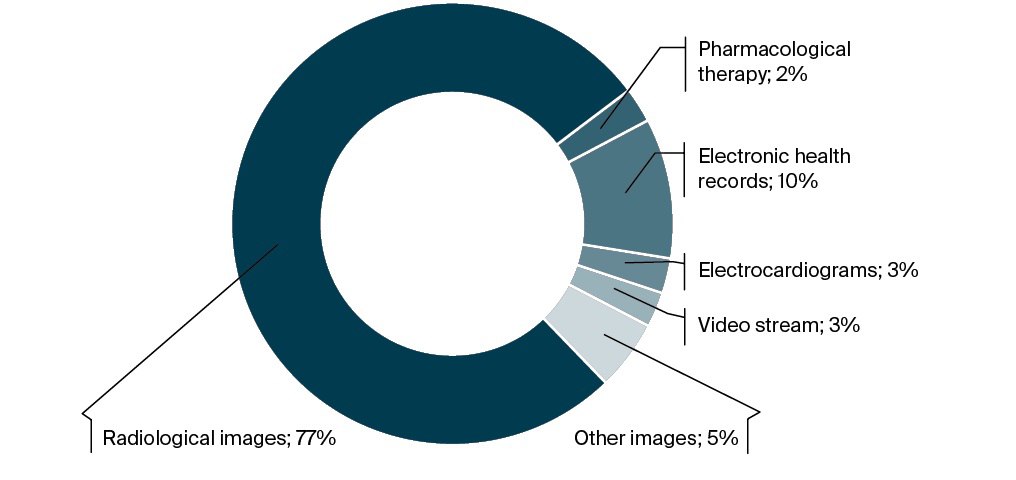
The BRICS are a group of leading emerging economies. Originally comprising five countries, the BRICS have now expanded to include ten countries: Brazil, Russia, India, China, South Africa, Egypt, Ethiopia, Iran, the United Arab Emirates and Indonesia.
The BRICS countries are home to 48% of the world’s population and have similar challenges in health care.
The BRICS Health Journal aims to promote medical research, public health and scientific cooperation among the BRICS countries.
In the scope of the BRICS Health Journal:
- Public health
- Health care system
- Medical education
- Infectious diseases
- Noncommunicable diseases
- Digitisation of healthcare
- The global challenge of cancer
- Mental health
- Maternal and child health
- Tuberculosis control
- Advancing the global fight against HIV/Aids
- Antimicrobial resistance
The Journal is issued four times a year and publishes original research articles, review articles and letters to the editor.
Journal target audience
- Scientists and Researchers: Medical professionals, physicians, scientists and researchers from the BRICS countries who are engaged in medical and scientific research and strive to publish their work in a ranked and recognized journal.
- Medical organizations and institutions: Medical centres, hospitals, research institutes and clinics in the BRICS countries that are interested in disseminating their scientific and clinical research.
- Health Authorities and State Institutions: Ministries of Health and other public authorities responsible for health care in the BRICS countries who can use the journal to share experience and information about health care.
- Medical schools: Students of medical and scientific specialties, graduate students and scientific teachers from medical schools of the BRICS countries.
- International organizations and partners: International scientific and medical organizations that are interested in cooperation with scientists and medical specialists from the BRICS countries




















